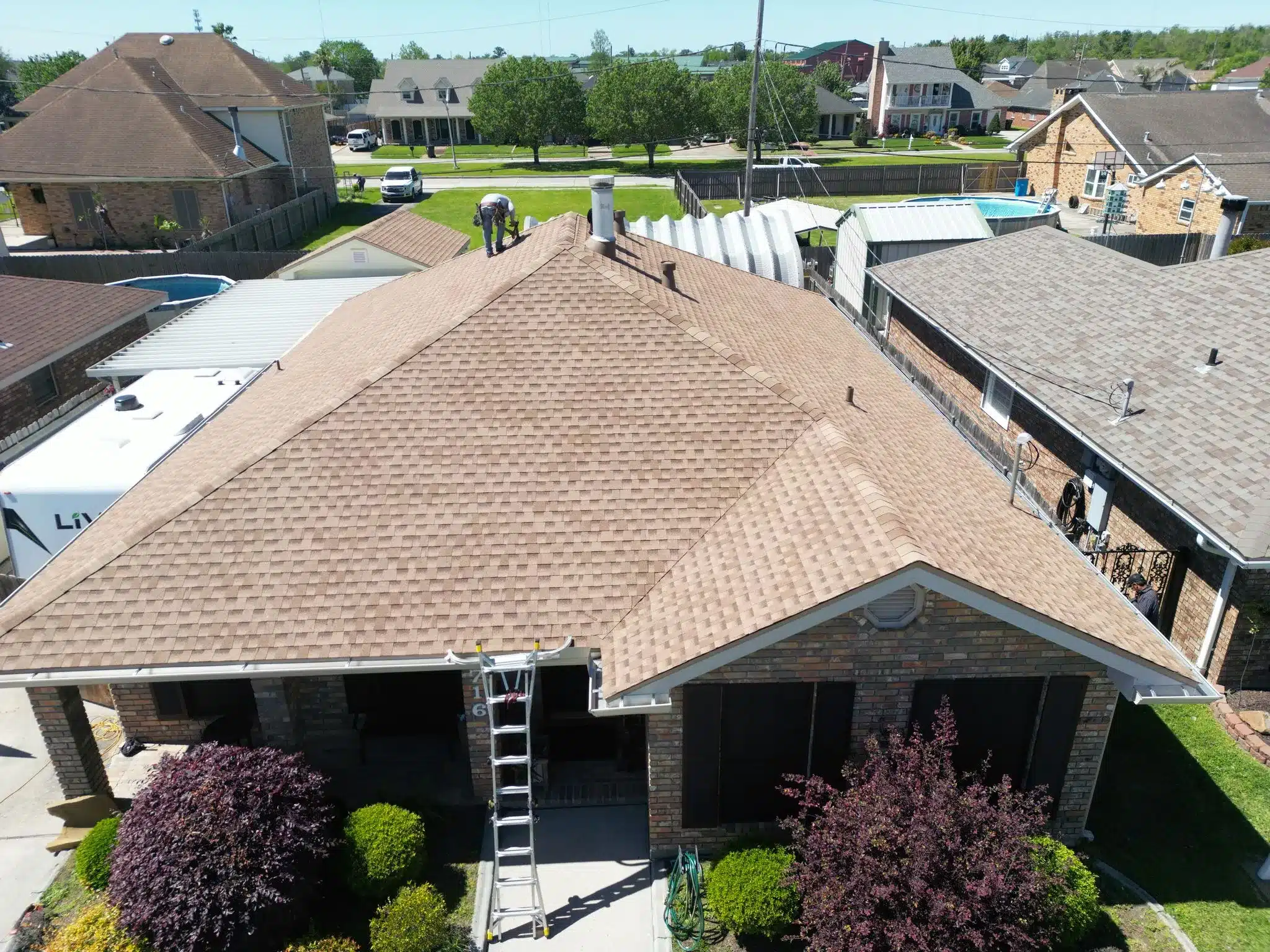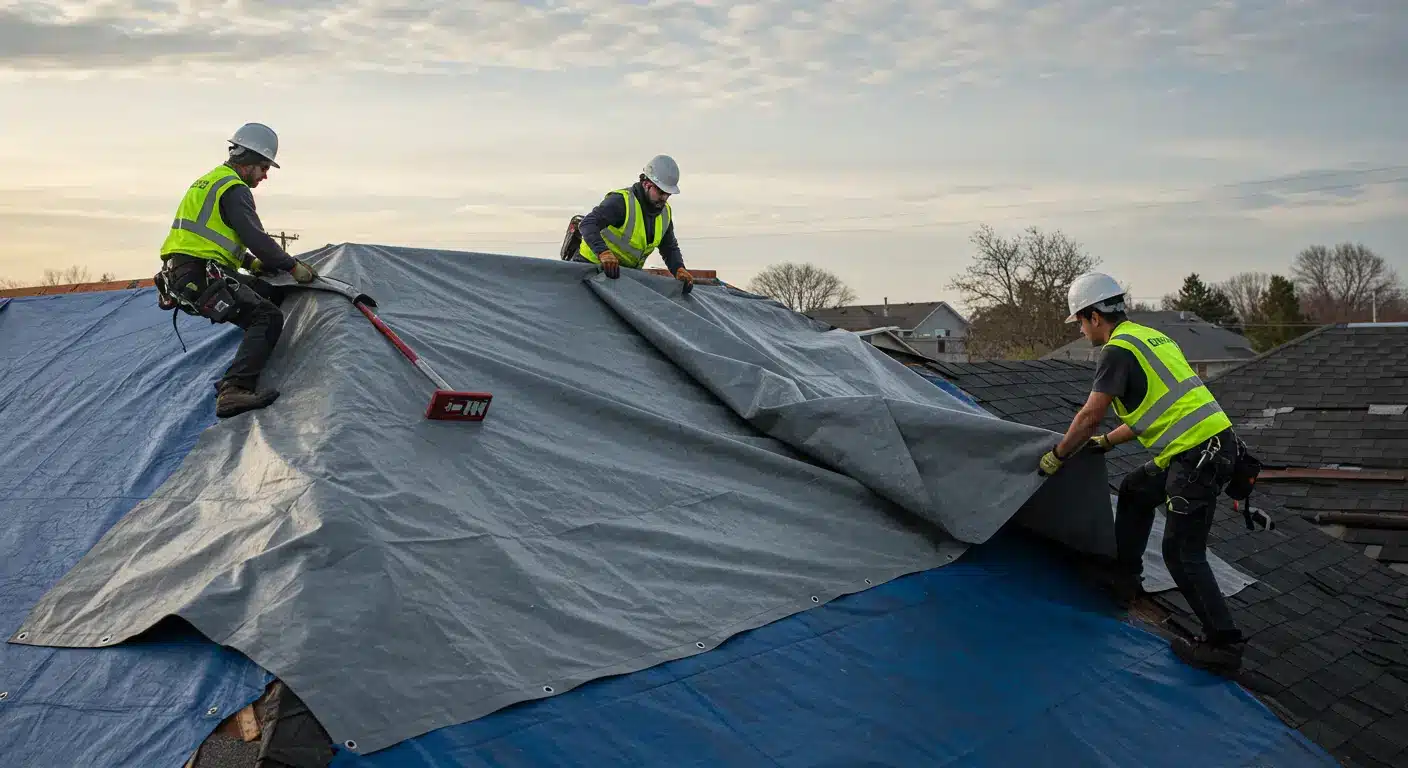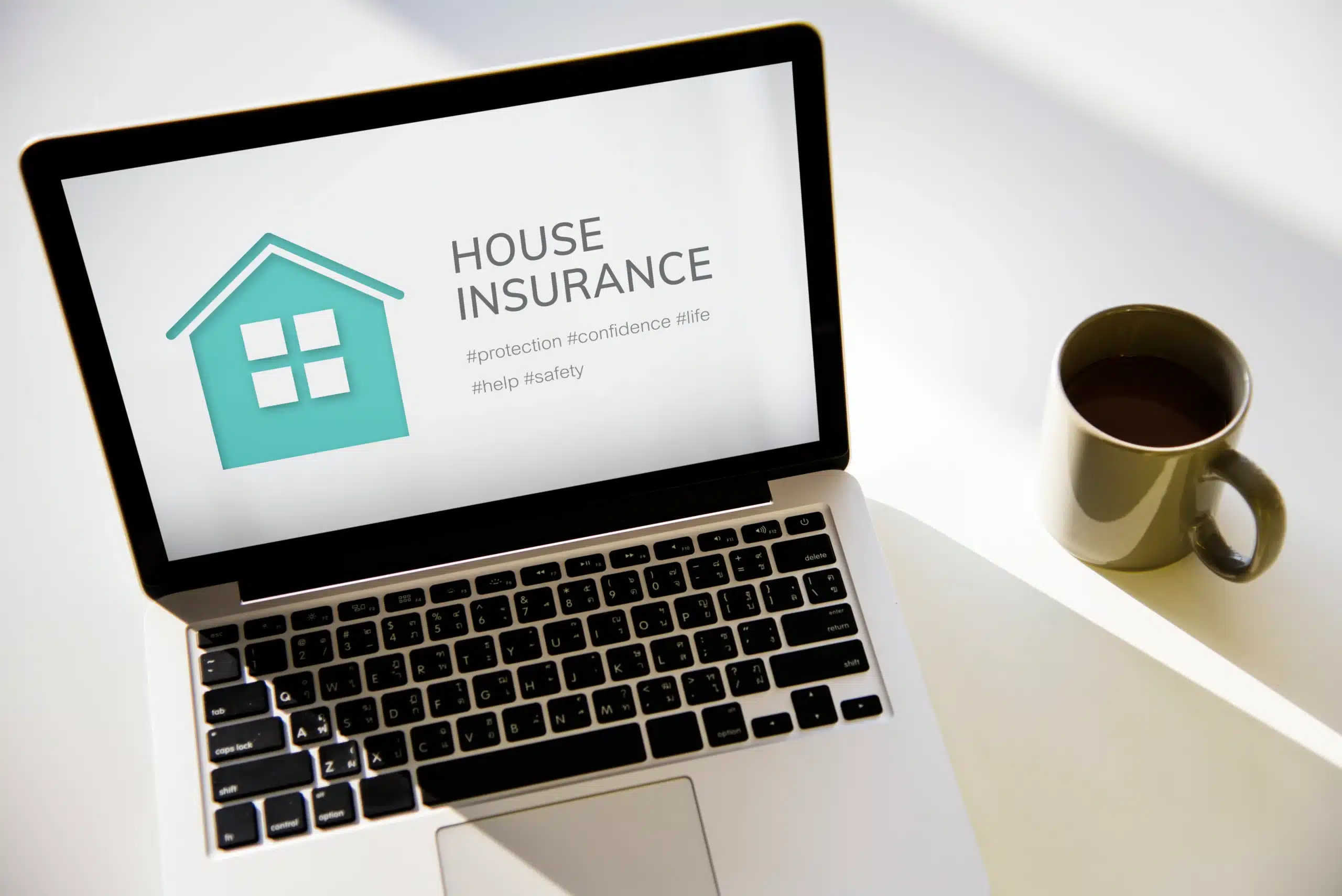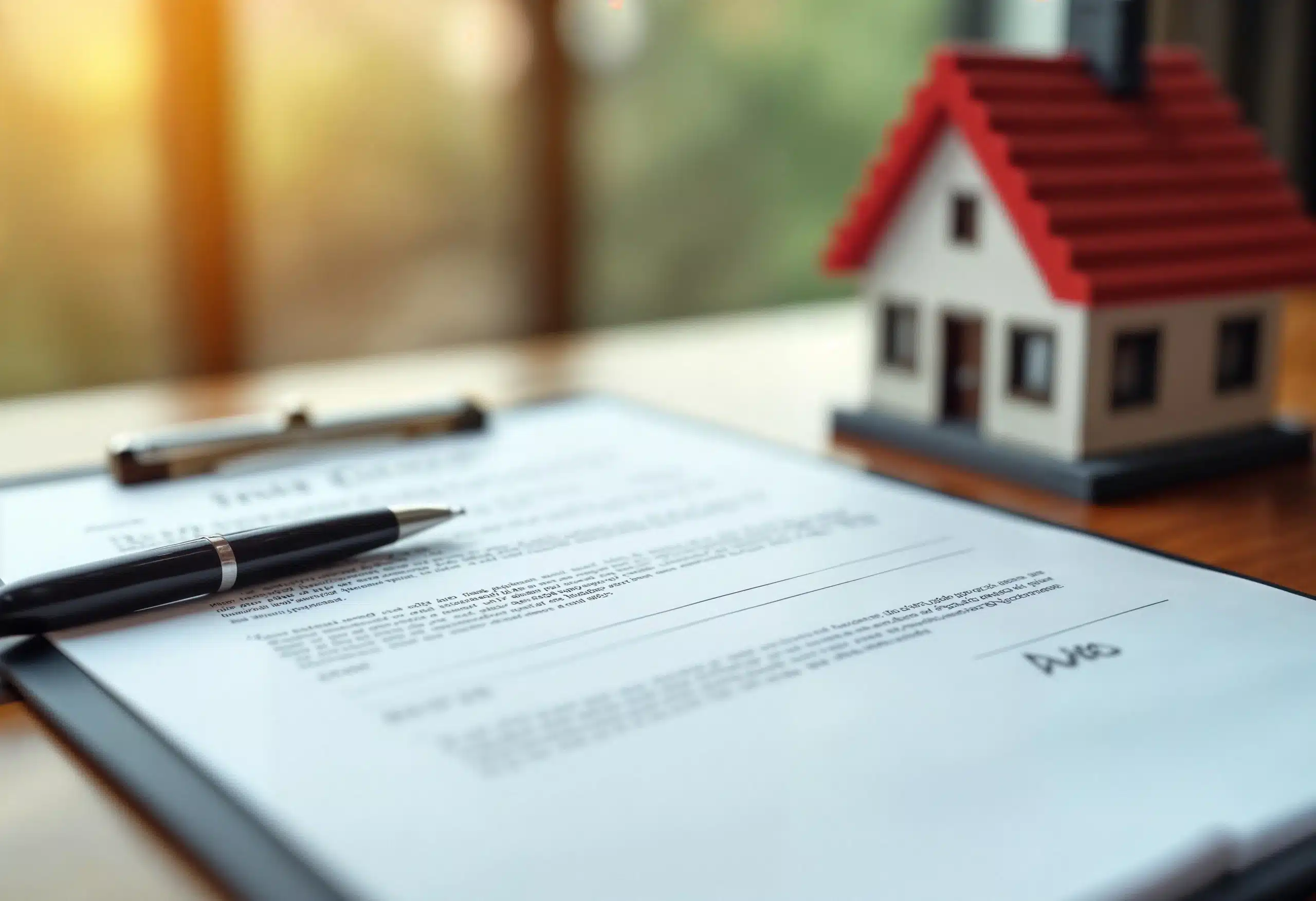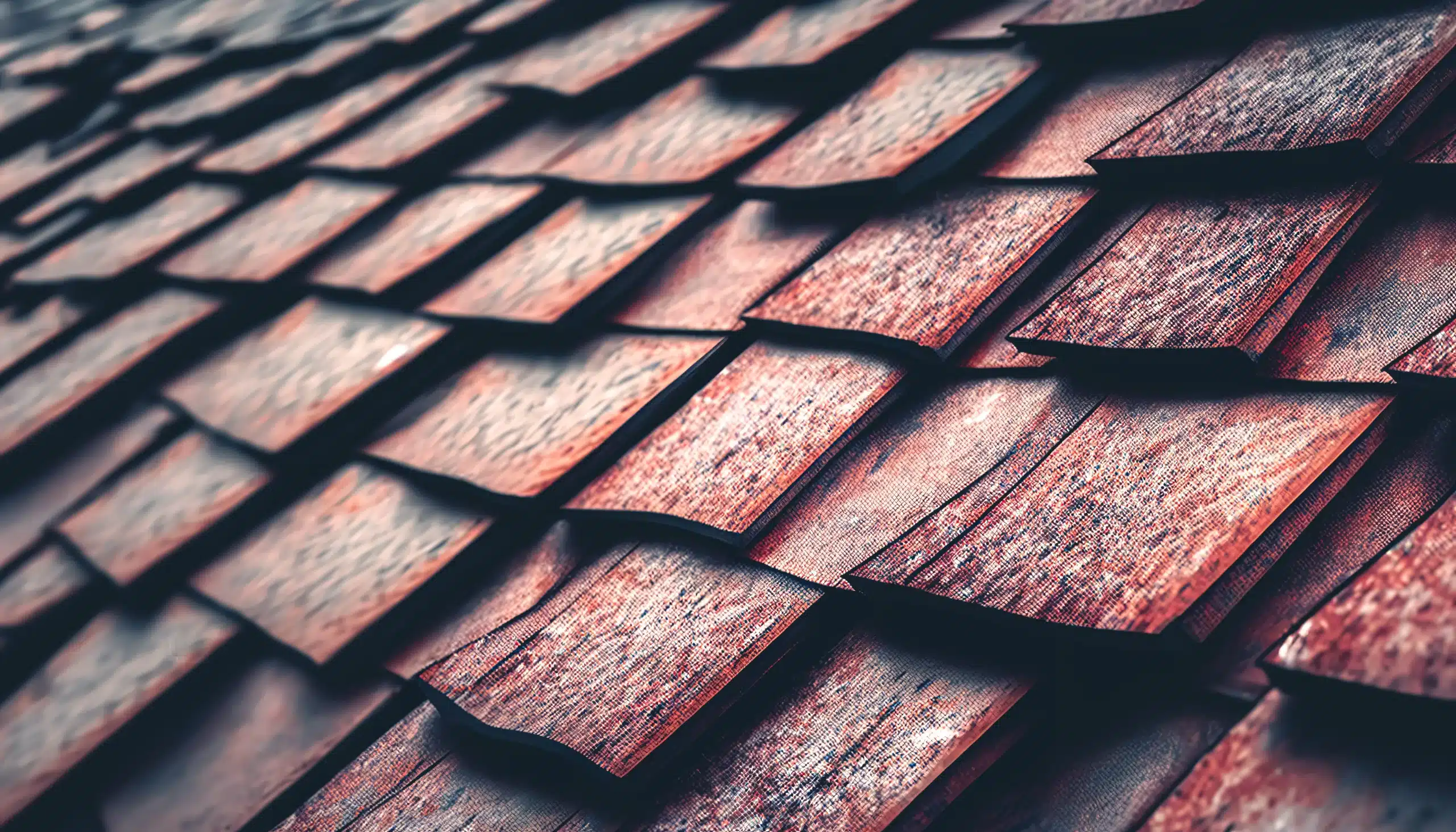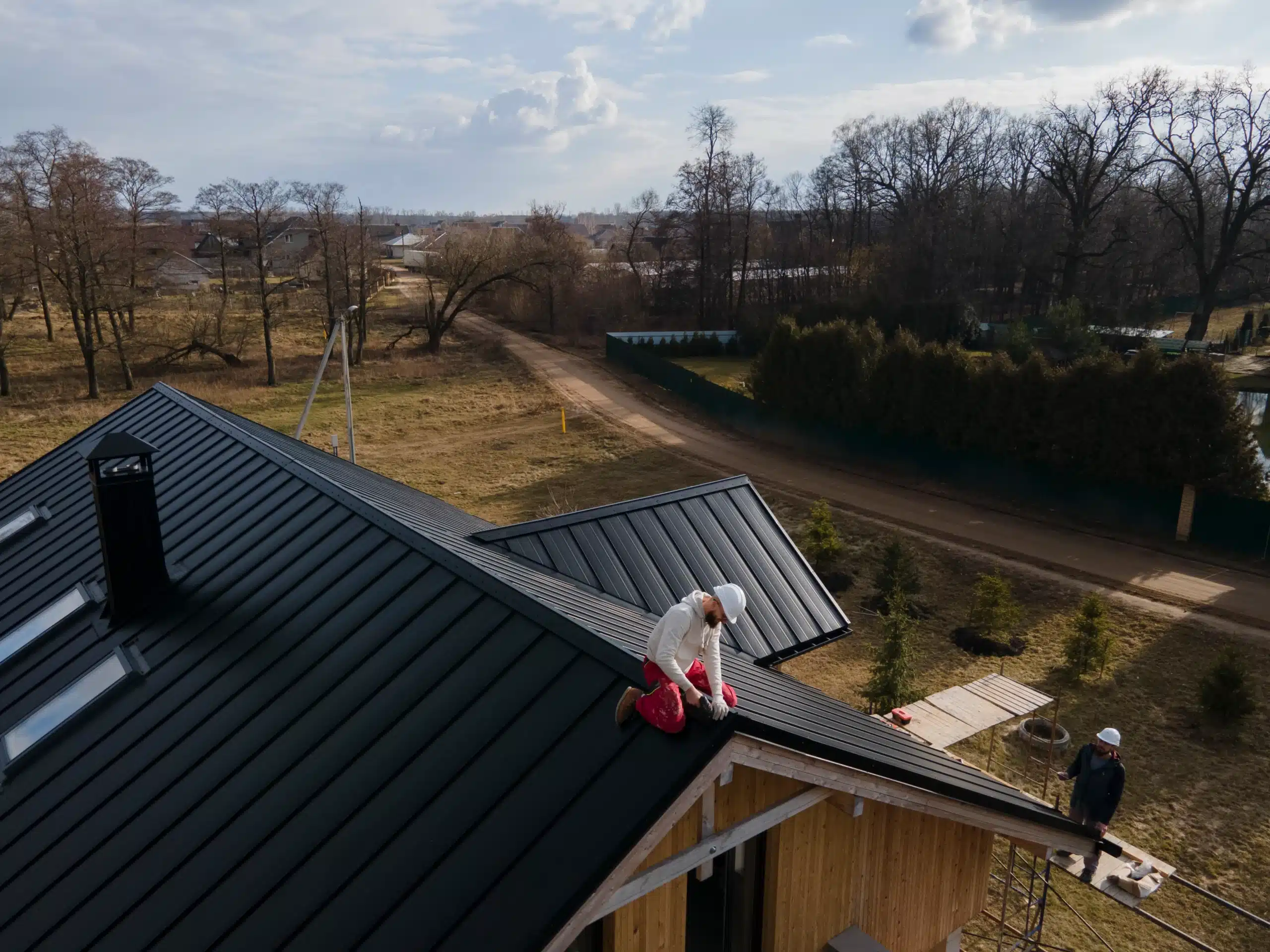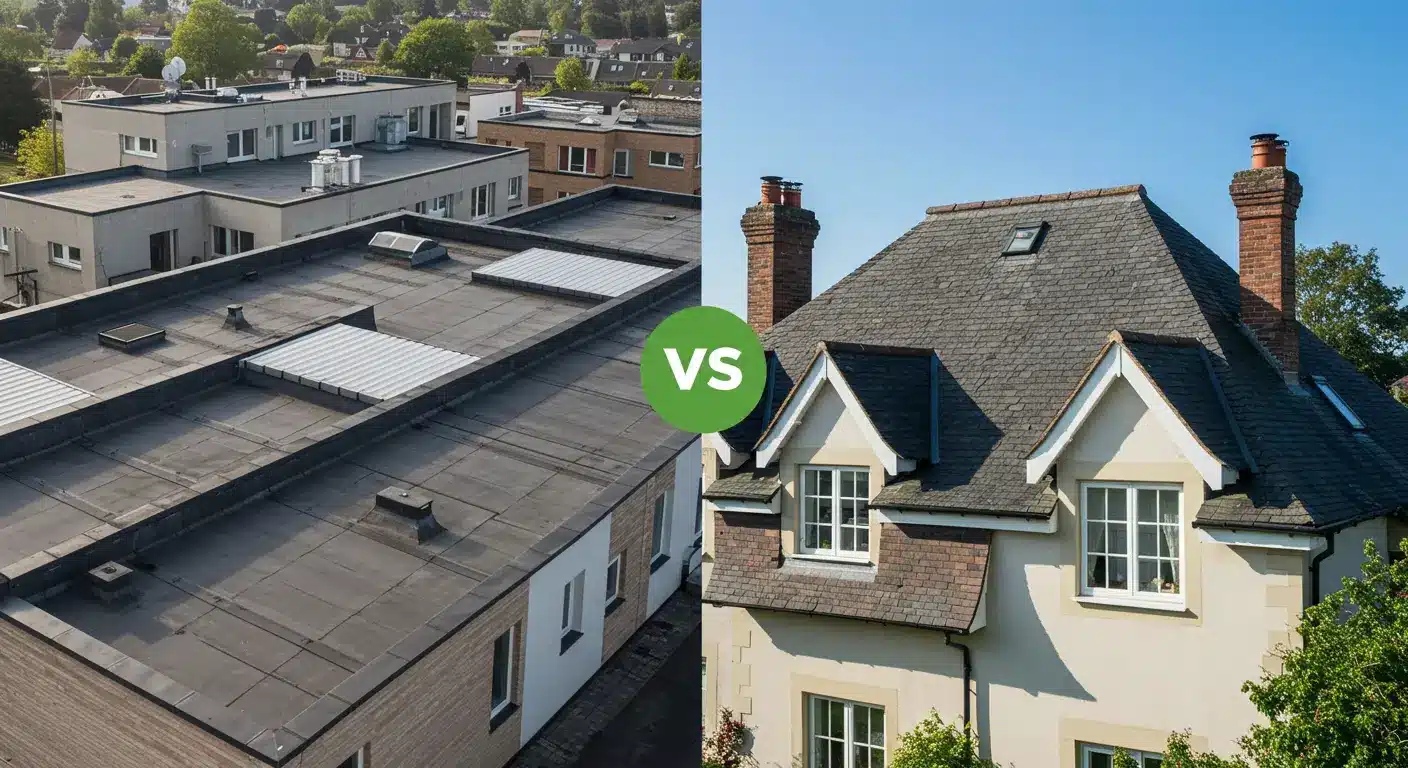Many times when a property ages, homeowners wonder: will insurance cover a 20 year-old roof? One of the most important components of your house, the roof improves energy efficiency, shields from the elements, and adds to the general value of your property. Concerns about whether insurance plans would be helpful in case of damage often surface as a roof approaches or exceeds two decades in age. The truth is that insurance coverage for an aging roof involves a number of factors that define what is and isn’t covered—it is not a simple yes or no.
What Does a Home Insurance Policy Typically Cover?
Starting with the basics of roof insurance can help one to grasp what might be covered. Under the dwelling protection clause, most basic homeowners insurance policies do have roof coverage. This implies that should a covered peril—such as a hailstorm, windstorm, fire, or falling tree limb—damage your roof, your insurance should provide financial help to either repair or replace it. Still, there are several major restrictions. Insurance is meant to cover inadvertent and sudden damage—not slow decline. Should your roof exhibit only age, wear, or neglect, the insurance might decide it is a maintenance matter and reject your claim.
The 20-Year Rule: Why Age Matters
This is the reason insurance decisions depend much on the age of your roof. Many roofs, particularly asphalt shingle ones, are thought to be reaching the end of their usual lifetime at twenty years old. Insurance companies assess this risk carefully, and many have provisions that limit coverage or refuse it completely once a roof reaches that mark. Some insurers might still offer coverage, only at a discounted rate. Others could demand that the roof be replaced before writing a new policy or renewing an old one, limit coverage to real cash value, or even hike your premiums.
Actual Cash Value vs. Replacement Cost
One important difference homeowners must know is between roof replacement cost coverage and real cash value. The best situation is replacement cost—that is, the whole cost of rebuilding your roof with materials of like sort and quality without considering depreciation. Conversely, actual monetary value considers the quality and age of the roof. For a roof 20 years old, this could entail a significant payout decrease. Should your roof have originally valued $10,000, its actual monetary value after two decades could be only $1,500 or $2,000, forcing you to pay the remaining amount out-of-pocket.
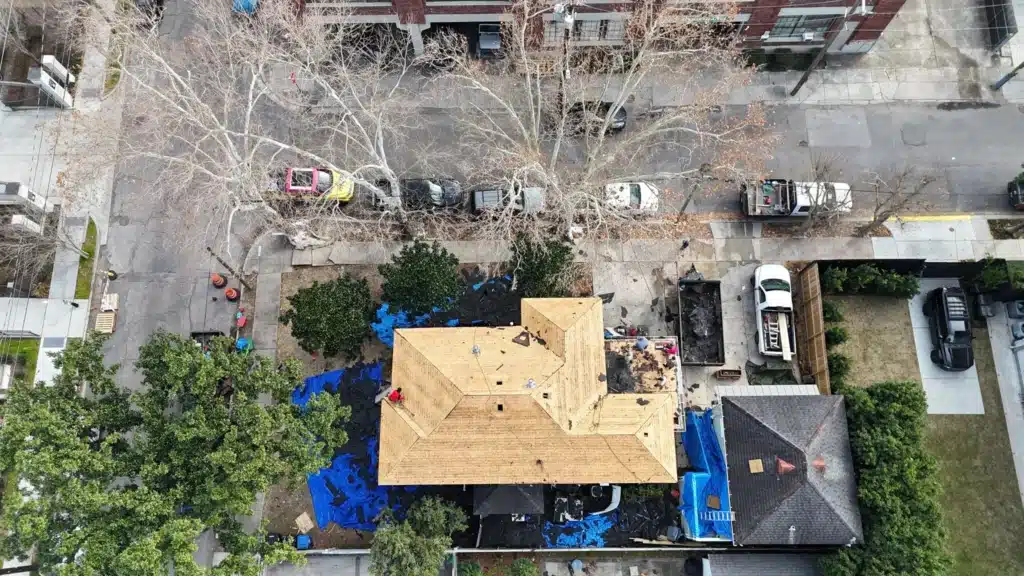
When will insurance deny a roof claim?
On older roofs, insurers also swiftly reject claims for a variety of reasons. If the damage prove to be from general wear and tear or carelessness, it will probably be omitted. Likewise, rejection might result from a roof built with inferior materials or shoddy construction. Should you have neglected basic maintenance—such as clearing trash, looking for minor damage, or repairing minor leaks—this could be taken as carelessness. Insurers want homeowners to keep their property in reasonable condition; failure to do so compromises coverage.
Tips to Improve Your Chances of Coverage
Even with a 20-year-old roof, there are techniques to raise your chances of obtaining or keeping insurance coverage. Getting frequent roof inspections and maintaining a thorough record of maintenance will help you to take one of the most successful actions. Whether you are cleaning gutters, resealing flashing, or mending broken shingles, all of these chores demonstrate to your insurer that you are actively maintaining your roof. Any work on your roof should be done by qualified, licensed contractors as well since this guarantees correct code adherence and paperwork.
Signs Your 20-Year-Old Roof May Still Qualify
Not all roofs are immediately uninsurable even if many do start to show symptoms of deterioration at the 20-year mark. Some materials, such metal, tile, and slate, have far longer lifetime and can stay in great shape well beyond two decades. If asphalt rooftops have been kept up over the years, reinforced, or improved, they can still qualify for partial coverage. Additionally important are regional weather conditions. In a moderate, dry environment, a roof might age more elegantly than one in a place likely to see hurricanes or significant snowfall.
What to Do If Your Claim Is Denied
All is not lost should your insurance company reject a roof claim. Requesting a written explanation comes first since it will help to clear the foundation of their decision. Sometimes you could be able to appeal, particularly if you can offer other records including repair histories or inspection reports. Sometimes hiring an independent adjuster to assess damage results in a better situation. Should your state have robust consumer protection legislation, the department of insurance there may provide mediation services to assist in conflict resolution.
How Different Insurance Companies Handle Older Roofs
Companies have rather different insurance policies and procedures, hence it is advisable to compare suppliers. While some carriers may still provide replacement cost for well-maintained properties, others will only cover actual cash value for roofs over 15 or 20 years. Companies in areas prone to storms are usually more rigorous and could demand proof of condition prior to policy renewal. This is why it’s helpful to investigate several companies and specifically probe how each one treats older roofs. When it comes time to make a claim, policies that appear similar on the surface can vary greatly.
Should You Replace a 20-Year-Old Roof Before Filing a Claim?
Even if it hasn’t yet failed, another often difficult decision homeowners must make is whether to replace a 20-year-old roof prematurely. Although this is a large outlay, doing this will help to ensure your house stays insurable and help to avoid later expensive out-of-pocket costs. Furthermore improving the resale value of your house and maybe lowering your insurance rate is a new roof. Conversely, if your roof is in good condition and has some life left, you could be justified in waiting. A expert inspection can guide your decision-making.
Frequently Asked Questions About Roof Age and Insurance
Dealing with an aged roof, homeowners frequently have numerous questions. Among the most often asked questions is if underinsurance full replacement is feasible. Yes, but only under certain circumstances—mostly that the roof has been kept in good condition and the damage was brought on by a covered occurrence. Although the policy may have coverage restrictions or exclusions, it is still feasible to purchase a house with an older roof and still acquire insurance. Another gray issue is roof leaks; insurance usually only covers them from a quick, accidental occurrence, not from long-term damage.
Partnering with Lone Wolf Roofing for Peace of Mind
If you’re unsure where your roof stands and still asking will insurance cover a 20 year-old roof, it’s time to consult the professionals. Lone Wolf Roofing shines here as a dependable friend. Having years of expertise with roof inspections, repairs, and replacements, Lone Wolf Roofing knows how to negotiate insurance policies and assist homeowners in obtaining the compensation they are due. Their staff guarantees correct documentation, gives honest evaluations, and supplies premium roofing solutions catered to your requirement. First step is to see Lone Wolf Roofing if your roof is nearing 20 years and you’re not sure about your insurance position. Their knowledge not only helps you save money but also provides peace of mind since a strong, well fitted roof guards your house.
Will insurance cover a 20 year-old roof?
In essence, insurance coverage for a 20-year-old roof is not totally out of reach even if it is not guaranteed. The result mostly relies on the state of your roof, your maintenance of it, and the particular terms of your insurance coverage. Keeping educated, acting preventatively, and dealing with a reliable roofing company will help you make sure your house is protected today and going forward with confidence.

